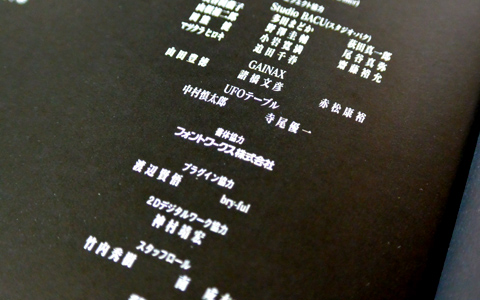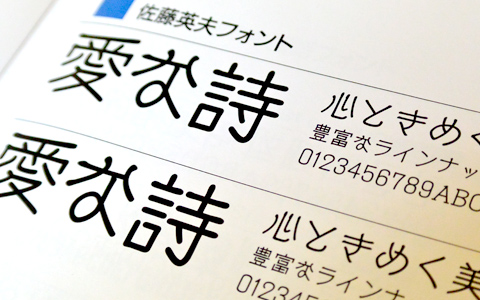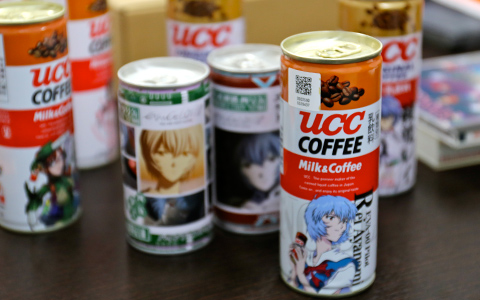My Wife Cried at the End Credits of 1.0!
Mihara:“The first Eva production to include our company’s name in the end credits was Evangelion: 1.0 You Are (Not) Alone. Right before the release, a producer at Studio Khara had a question, so I visited them for the first time with Shibata. Since then, they have been having us support them with the production of official merchandise.”
Shibata:“It’s been over 10 years since the TV series aired, but that was actually my first time meeting them in person. I said to the producer, ‘So, we finally meet’ [laughs].”
Mihara:“I’m more or less in charge of marketing. Currently, I oversee our business with various anime and game production companies, including Studio Khara, but since I entered the company in ‘00, I experienced the boom of the original as just a fan. I saw 1.0 with my wife, and during the end credits, she was crying next to me. I wondered why, and it was because she was happy our name appeared [laughs].”
Shibata:“[laughs] To tell the truth, there were also official products released before and after ‘00 that didn’t use Matisse. In particular, at the very beginning, UCC’s Eva can was probably the only example of a company from another industry using Matisse. The Japanese DTP environment wasn’t that in place.”
Mihara:“Our company had also been trying to build that production infrastructure since the ‘90s. Following the Eva film, we’ve had a lot of interaction with anime companies, including Bones’ Fullmetal Alchemist, but I think it’s rare for a font producer to work this closely with the anime and game world. This is a bit technical, but to give some background, usage agreements for fonts differ for each company. Anime has a business model of releasing TV series on other media like DVD and Blu-ray. They’re also re-aired or published as printed material, but around ‘00, the normal reasoning among font producers in this country was to charge a usage fee for that kind of reuse. If the content was put on different media to make it last forever, there was a structure in place that said you had to keep paying for a single font over and over.”

From a theater pamphlet for 2.0. Though 1.0 only listed the company name, beginning with 2.0, they were credited for typeface support.

The Japanese subtitles in the opening scene of 2.0 use the company’s New Cinema A font (photo from catalogue).

Eva UCC cans that Mr. Mihara keeps to this day. When it was released in ‘97, almost no one knew the name Matisse.

